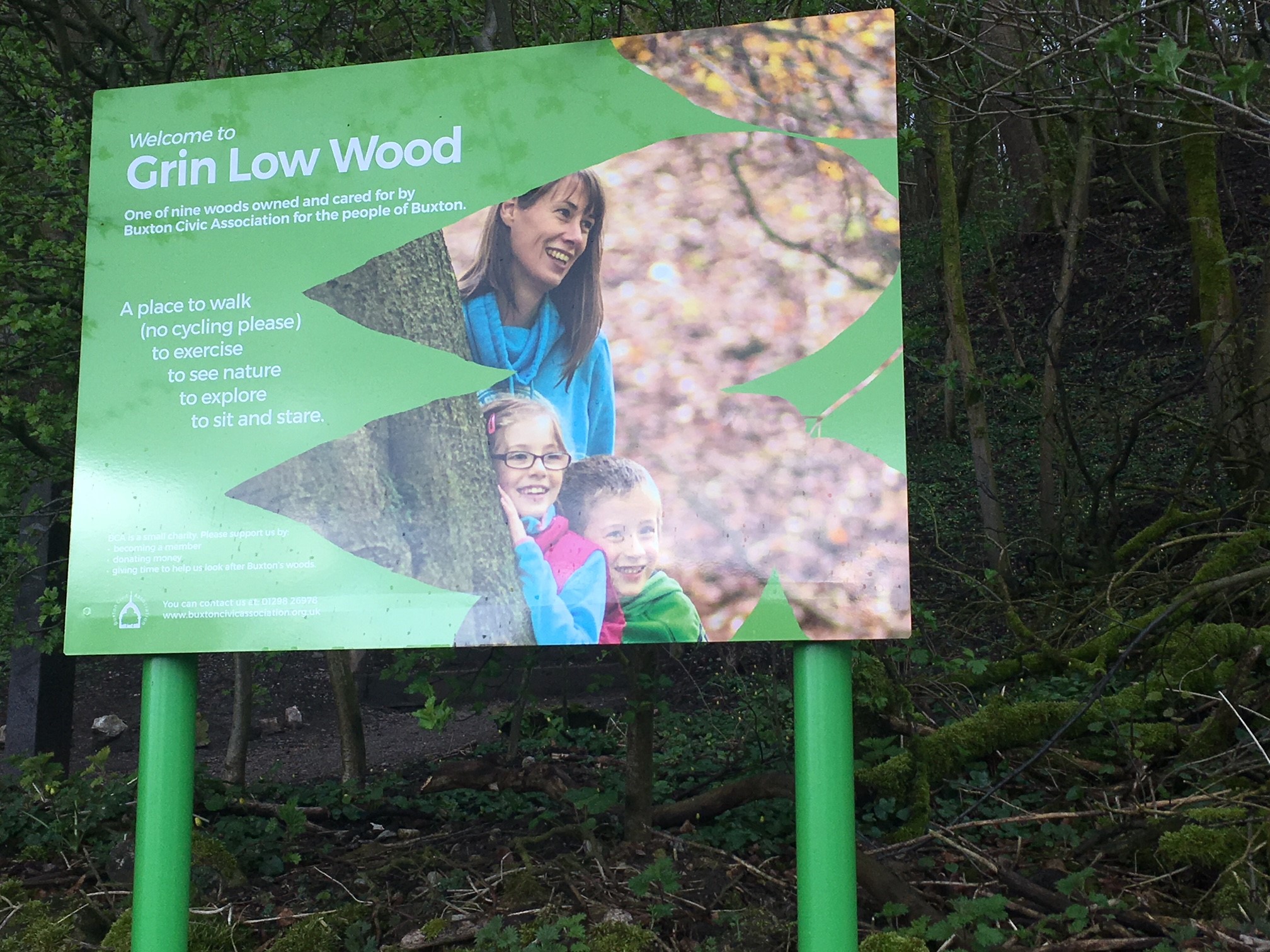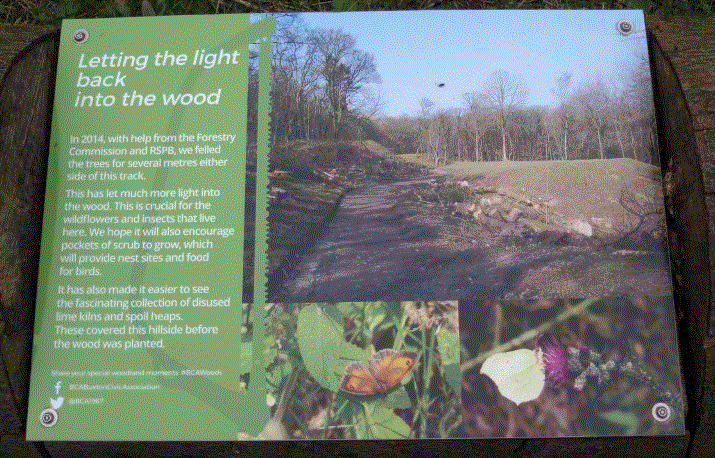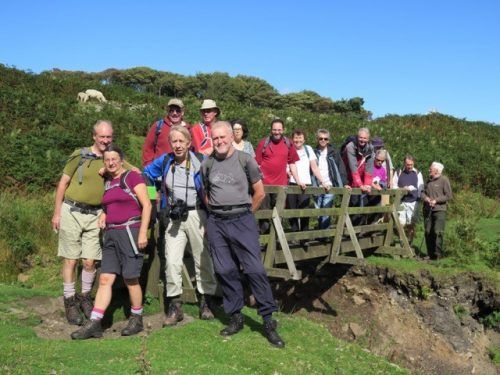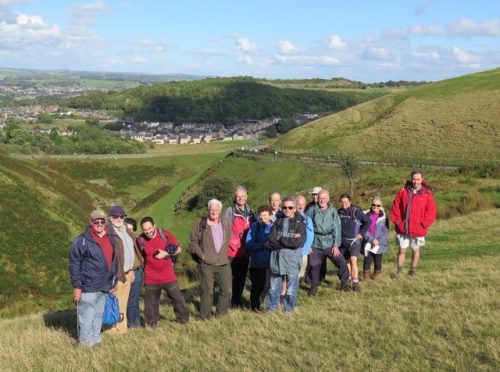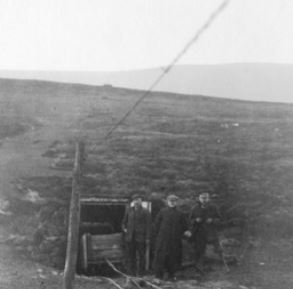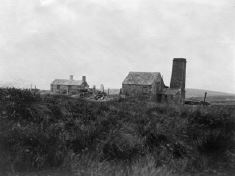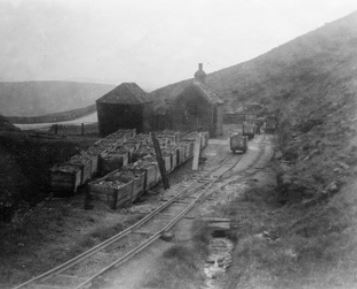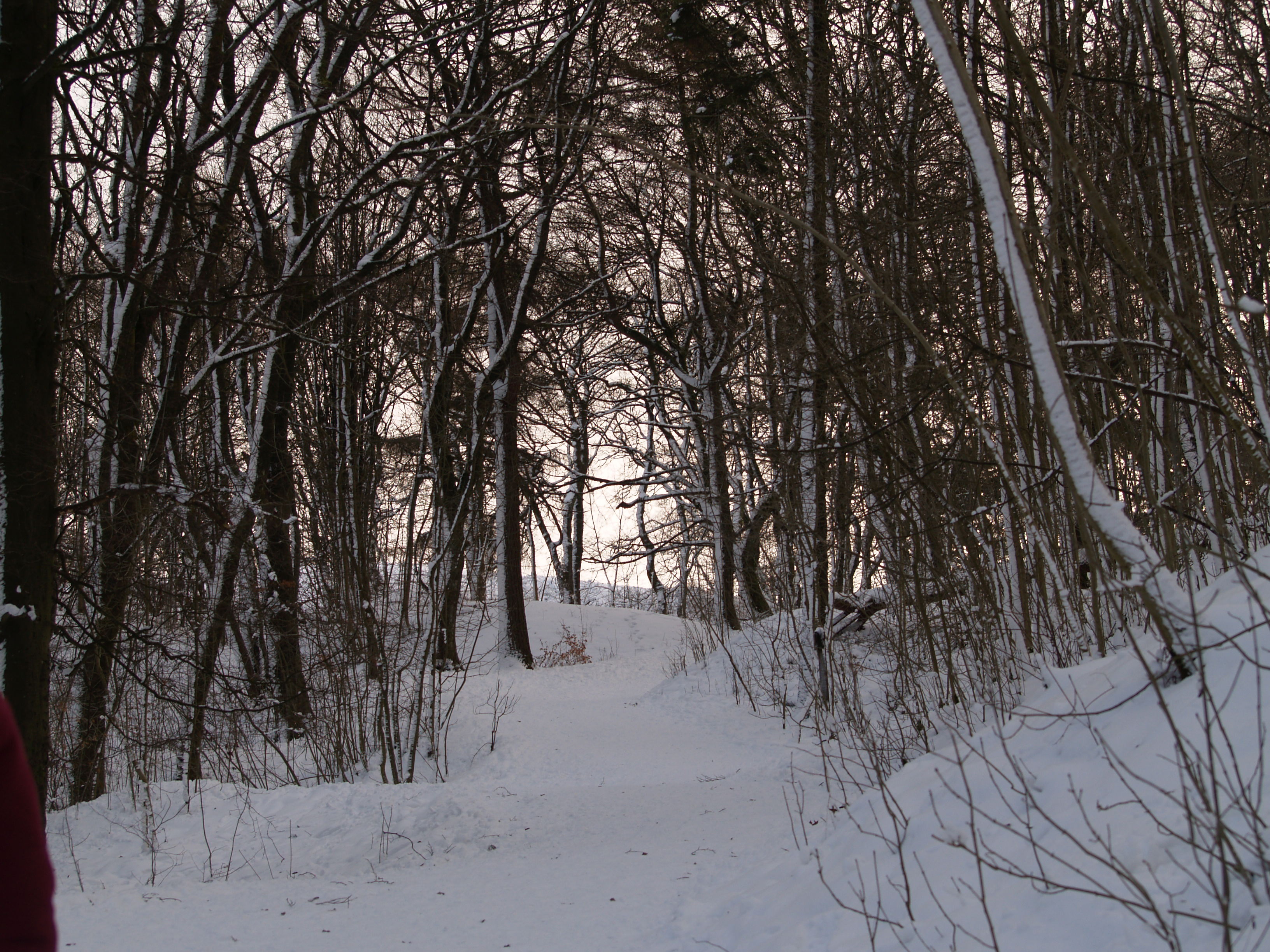

Monday 15th October 2018 Guided Walk down the Dove Valley with Dr Catherine Parker Heath Cultural Heritage Officer for South West Peak Partnership.
South West Peak Partnership have asked us to post details of the following walking event. Please note that this is not organised by Buxton Civic Association and any queries about the walk should be directed to the South West Peak Partnership. Contact Details can be found at the bottom of this post.
DETAILS OF THE WALK
Event Name 10,000 Years in a Day!
Start Date 15th Oct 2018 10:00am
End Date 15th Oct 2018 4:00pm
Duration 6 hours
Description 10,000 Years in a Day!
Monday 15th October 2018
Guided Walk down the Dove Valley with Dr Catherine Parker Heath our very own Cultural Heritage Officer.
This walk is for all those interested in the South West Peak, its history and archaeology, whether you are a current or potential volunteer, or not!
About the walk:
Meet at Hartington Market Place NGR: SK128603 at 10:00am to take a minibus to the start of the walk at Buxton Raceway.
Finish back at Hartington at 4:00pm (approx.)
Distance: about 8 miles, Terrain: fields, tracks, sections of road, rough ground.
Bring a packed lunch, stout footwear and suitable clothing for the weather.
We will stop for breaks and lunch en-route. Refreshments available to buy from various tea shops and other establishments in Hartington before setting off and at the end.
Toilets at Hartington Station and various tea shops and other establishments in Hartington before and after walk, but, unfortunately, not en-route.
Along the Upper Dove Valley, evidence exists of human activity that dates from the Palaeolithic to the present day. At the very edge of the South West Peak, the Dove Valley is not only a boundary between the counties of Derbyshire and Staffordshire but also between different geologies and geographies, which have informed how people have lived here in the past. Join us to find out more!
CONTACT DETAILS AND HOW TO BOOK
Booking essential as places are limited: Email SWP Cultural Heritage Officer, Dr Catherine Parker Heath catherine.parkerheath@peakdistrict.gov.uk or call on 01629 816279.
